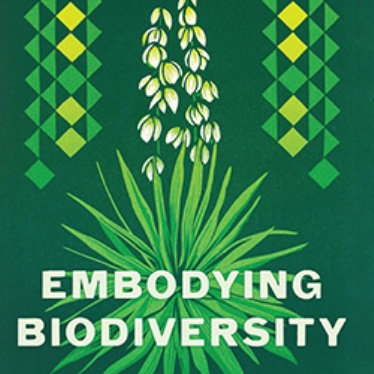New Study by Saba Siddiki and PhD Student Graham Ambrose Examines Collaborative Governance
Aug 4, 2022
Evaluating Change in Representation and Coordination in Collaborative Governance Over Time: A Study of Environmental Justice Councils
Saba Siddiki, Graham Ambrose
Environmental Management, July 2022
Collaborative governance involves convening of government and non-government actors in policy formulation and implementation. Motivating collaborative governance is the expectation that engagement of diverse arrays of stakeholders in the public policy process allows policymakers and administrators to draw on the expertise, resources, and perspectives of these stakeholders to develop more contextually appropriate and effective policies. Since collaborative governance is fundamentally premised on the representation of diverse stakeholders in collaborative processes, assessing the extent to which representation is actualized is paramount.
This paper adds to recent scholarship that examines representation dynamics in collaborative governance arrangements, focusing specifically on: (i) how diverse stakeholders included in collaborative governance arrangements are descriptively and substantively represented; (ii) how substantively represented stakeholders are coordinating on informational and relationship building activities; (iii) how representation and coordination dynamics change over time; and (iv) the extent to which representation and coordination dynamics are indicative of collaboration life cycle stage. Additionally, in responding to this latter aim, the paper presents a novel approach for measuring life cycle stages.
The paper reports on a comparative case study of environmental justice councils, which are collaborative governance arrangements convened by states to assist in the design and implementation of policies aimed at reducing environmental harms within low income and minority populated communities.
Related News
Research

Dec 23, 2024
School News

Dec 16, 2024
Commentary

Dec 13, 2024


